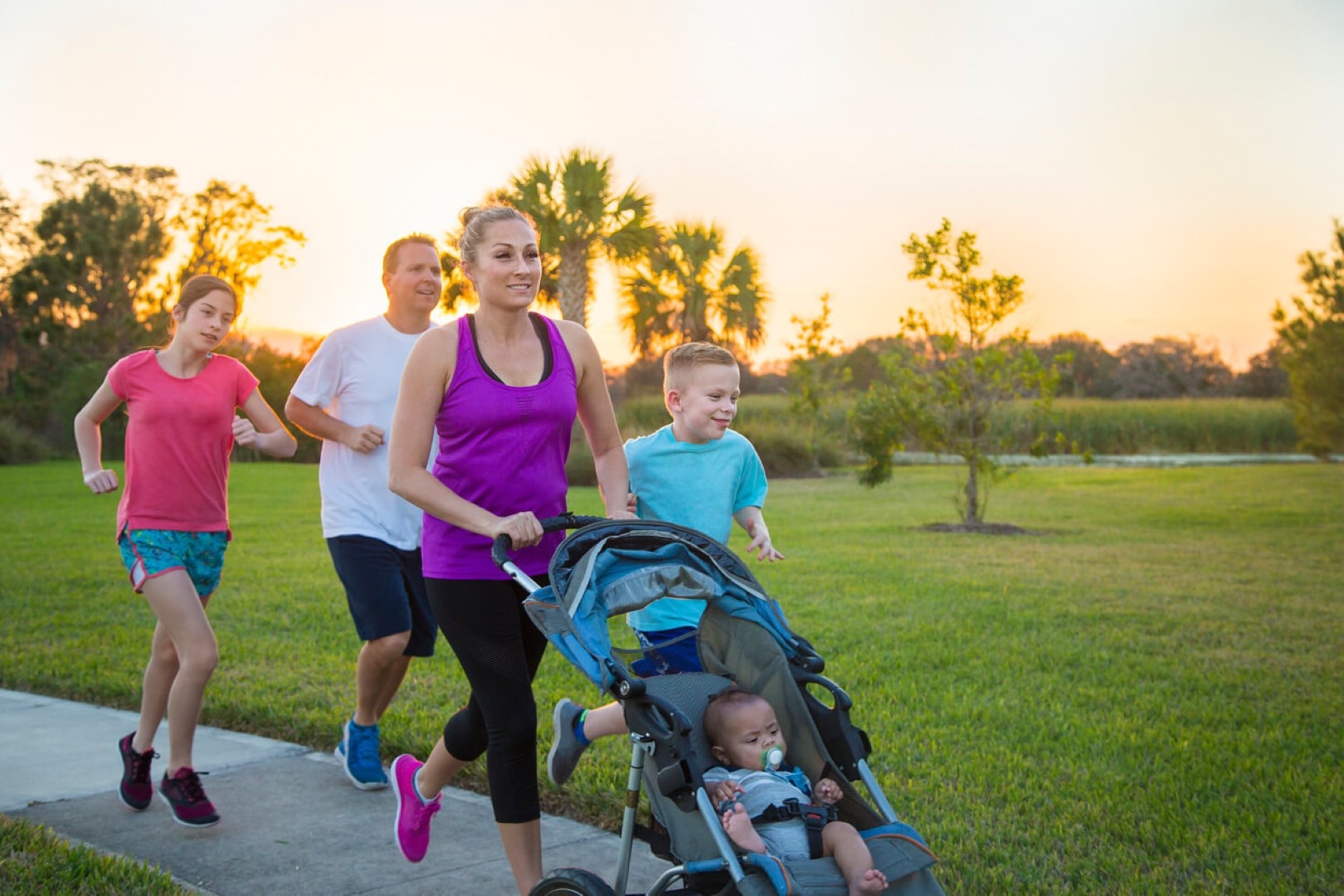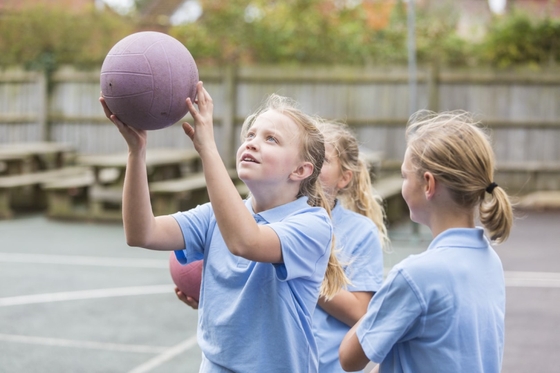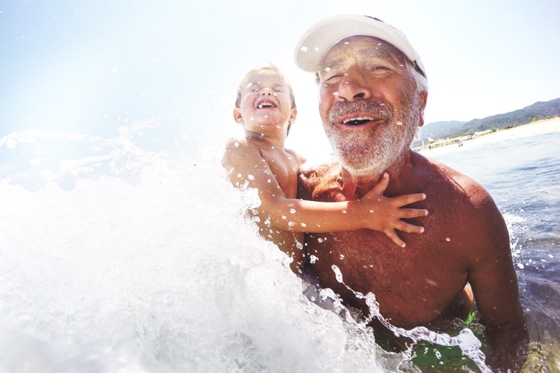
Get your family moving
Get your kids active and set them up for healthier habits into adulthood.
Key takeaways
3 min read
- Toddlers and pre-school children should be active for at least three hours per day
- Children and teenagers should be active for at least 60 minutes per day
- Research suggests that sitting less (as well as being physically active) helps to reduce the risk of children and young people developing health and other problems in later life.
Did you know that 80% of 5–17 year olds aren’t active enough according to Australian physical activity guidelines?
And that 70% of them spend more than 2 hours a day in front of a screen for recreation? (Australian Bureau of Statistics Australian Health Survey, 2010–11)
Inactive kids are likely to become inactive adults. But there are simple things you can do to change this.
Making physical activity a priority for your family sets a positive example and it’s a great way to spend quality time together. It’s good for you, and it helps your family establish healthy habits.
What to aim for
We support Australia’s physical activity and sedentary behaviour guidelines, which include the following recommendations:
- Toddlers and pre-schoolers should be physically active every day for at least 3 hours.
- Children and teenagers should get at least 60 minutes of moderate to vigorous intensity physical activity every day.
- Children and teenagers should limit use of electronic media for entertainment (e.g. television, seated electronic games and computer) to 2 hours per day.
For more detailed guidance by age group, visit Australia’s Physical activity and sedentary behaviour guidelines website.
Why get your family moving
Active kids have improved concentration, better self-confidence and stronger muscles and bones.
Research suggests that sitting less (as well as being physically active) helps to reduce the risk of children and young people developing health and other problems in later life. Watching television, using a computer and playing electronic games all contribute to children and young people’s sitting times, so that’s why we recommend limiting them.
Tips for getting your family active
Be active when you’re travelling
- Walk or cycle to school with your kids once or twice a week instead of driving them.
- If you live too far from school for your children to walk, park the car a 10-minute walk from school.
Limit screen time
- Limit how much time your family watches television, uses a computer and plays electronic games, e.g. before or after school (particularly during daylight hours).
- Remove televisions, computers and electronic games from bedrooms, and limit the number of screens you have at home.
- Use a timer or an alarm clock to keep track of how much time your children spend watching television, using a computer or playing electronic games.
- Try to have at least one full day every week where your family doesn’t watch television, use a computer or play electronic games.
Plan active family time
- Play together as a family. Join your kids on a bike ride, play hide-and-seek, or play cricket with them at the beach.
- Give your children active alternatives to screens. Keep a box of skipping ropes, Frisbees, balls and hula hoops.
- Plan family activities that involve walking. Going to the zoo, a picnic in a local park, a day at the fun park or a visit to local historic sites will have the family on their feet and walking without them even knowing it.
- Get the kids involved in the garden. They’ll stay active digging, weeding and planting, and, if you grow herbs and vegetables, learn valuable lessons about where food comes from.
You might also be interested in...

Staying active for better heart health
Moving more every day is one of the best habits you can have.

Getting active at school
By increasing physical activity at school, and by walking or riding to school, children are better able to meet their physical activity needs.

Benefits of physical activity for your heart
Physical activity and exercise can do wonders for your physical and mental health.
Last updated14 March 2024
Last reviewed08 March 2024